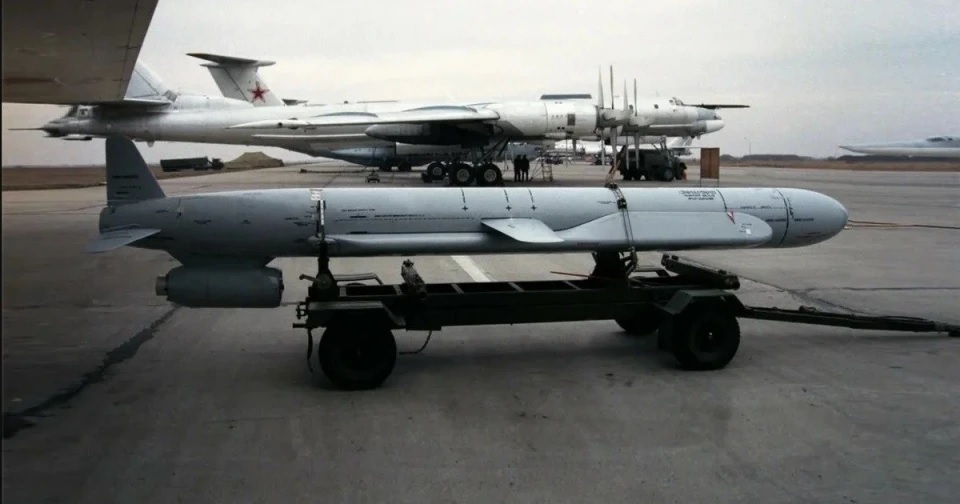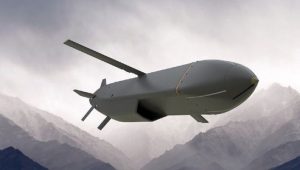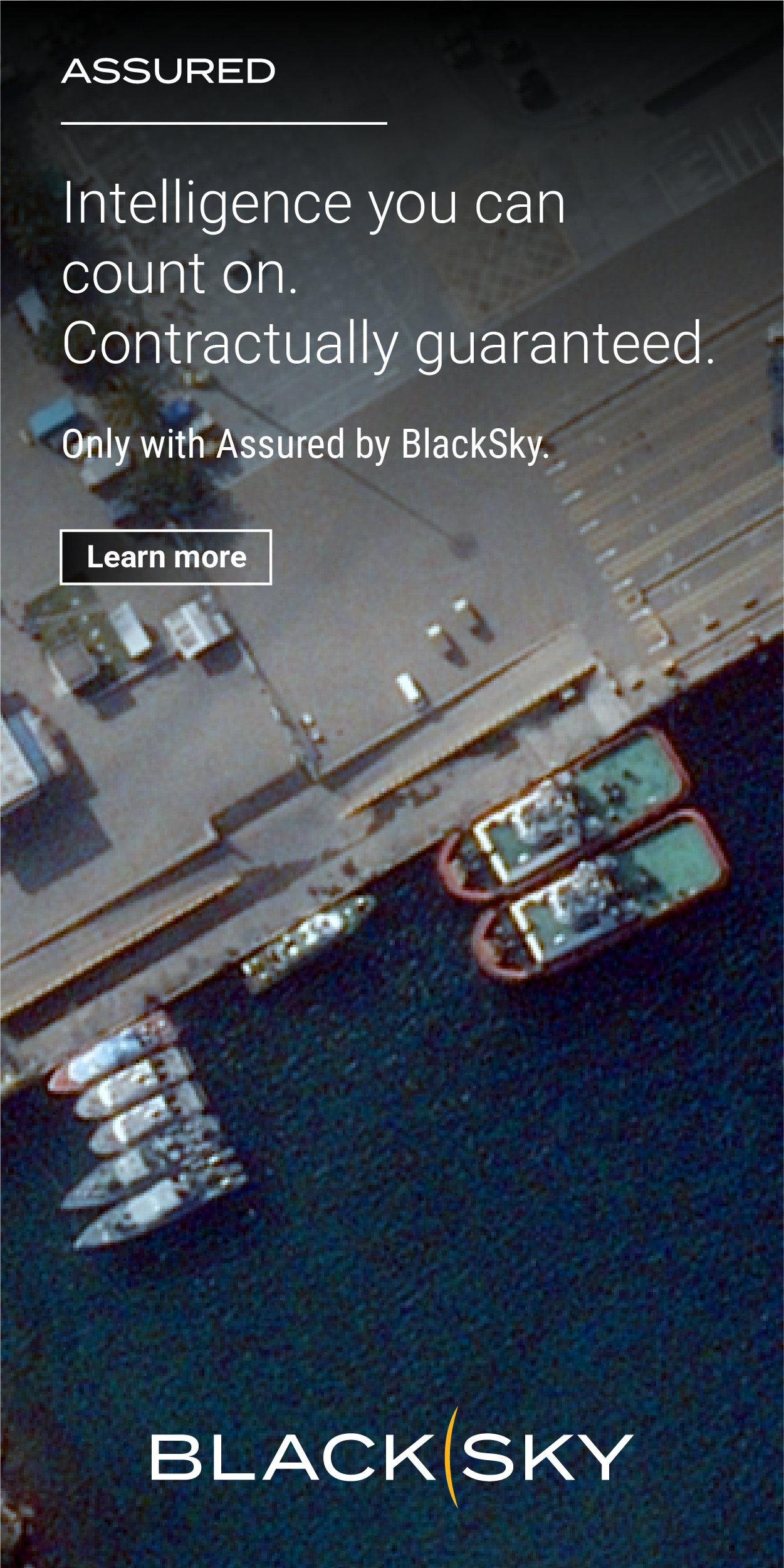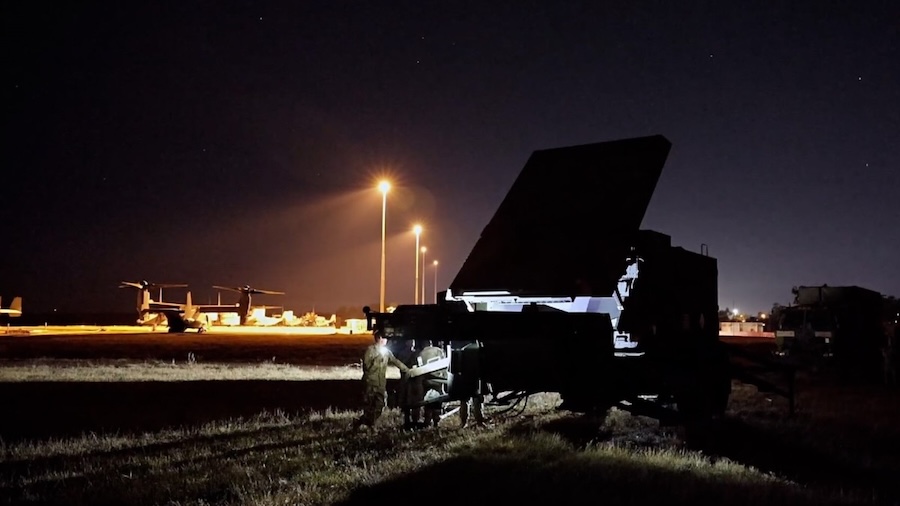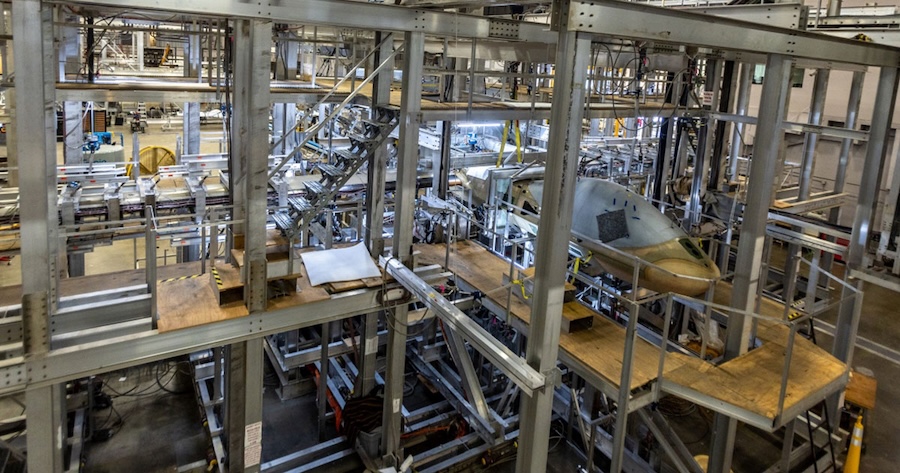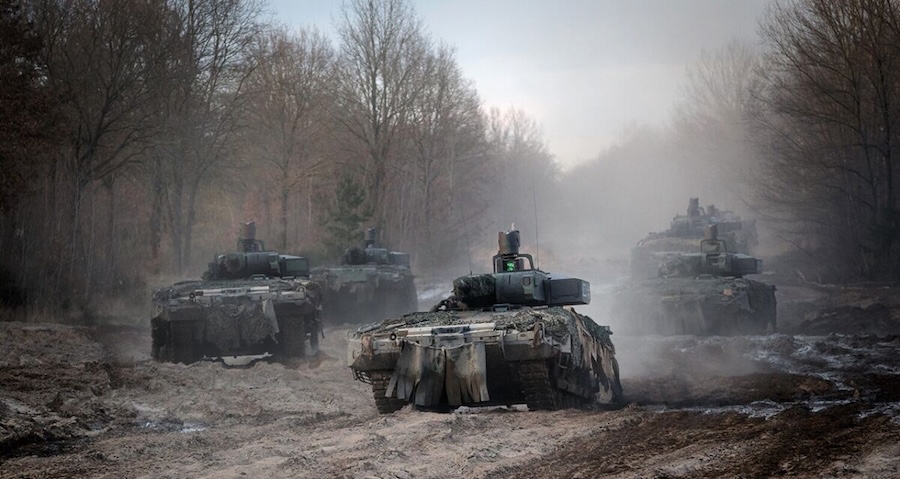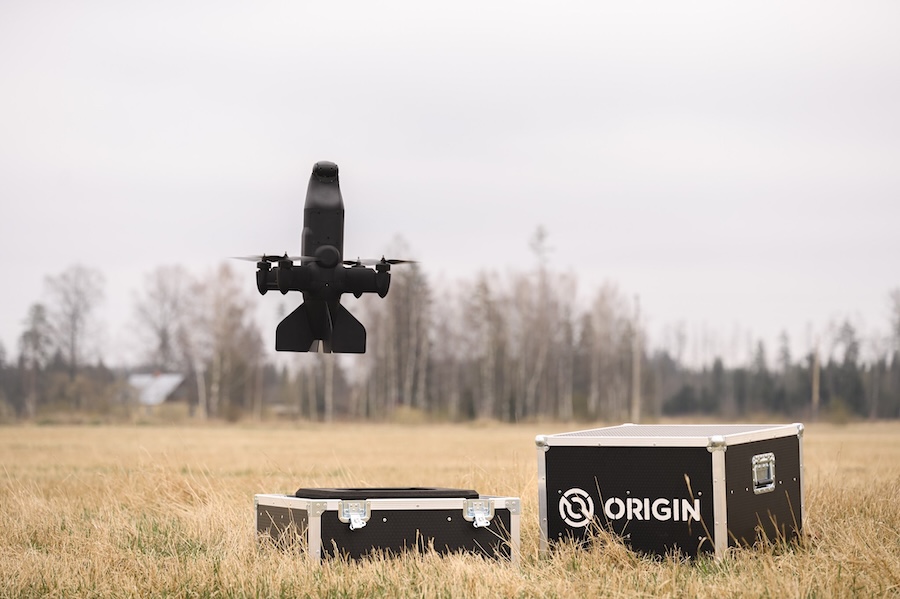The enhanced Kh-101 missile incorporates not one, but two separate warheads. The addition includes cubic-shaped penetrating elements, a type usually found in anti-aircraft weaponry but here adapted for ground strikes, offering heightened lethality against personnel.
This augmentation was achieved at the cost of reducing the missile’s fuel capacity, subsequently shortening its flight range from 5500 km to about 2250 km. Despite this reduction, the missile retains ample range for strategic operations, including potential launches from the Saratov region towards targets as far as Ukraine’s Lviv region, with significant distance to spare for maneuvers.
The concept of a dual-warhead Kh-101 has been under consideration since the mid-2010s, with Russian military sources indicating initial tests of splitting the 400kg payload. Although initially shelved, this approach has been revisited and implemented in the latest missile version, albeit with the specific deployment mechanism remaining undisclosed.




